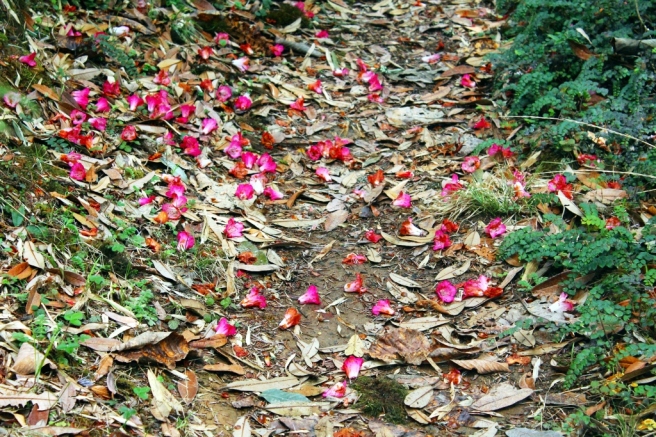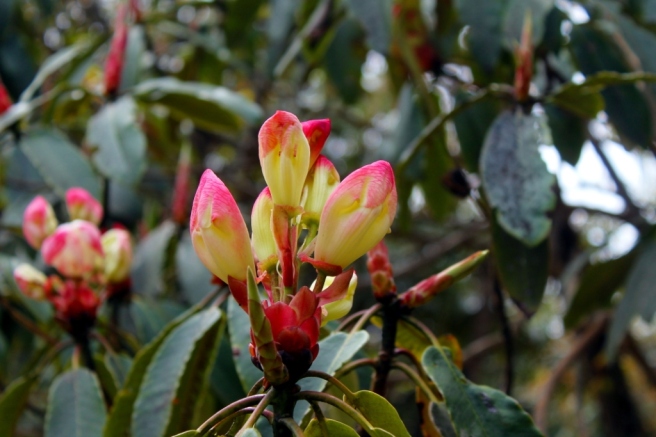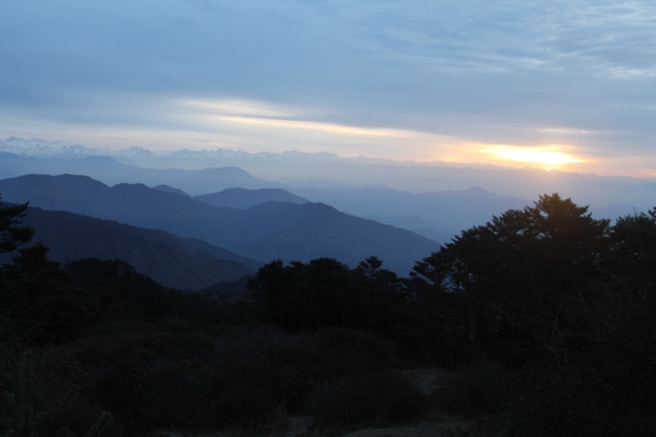Standing tall at 13,438 ft, Mt. Kota Kinabalu, located in the Borneo Islands of East Malaysia is also the country’s highest mountain. The granite summit of Kota Kinabalu is the backbone of Borneo in the Crocker Range of mountains. It stands inside the Kota Kinabalu national park, Malaysia’s first UNESCO World Heritage Site in the Sabah state of Malaysian Borneo. The majestic mountain rises above the tropical forests that house rich plant life and wondrous bird life, few of which I was lucky to see, but could not photograph because a bulky camera dangling from your neck is the last thing you want in an arduous trek like this.

I recently scaled the steep inclines of Mt. Kinabalu to reach the summit in the wee hours of the morning to witness what is perhaps the most feisty sunrise I have ever witnessed.
Though a demanding task, perhaps reserved for the physically fit, Kinabalu attracts hundreds of enthusiastic climbers every day. Climbers belonging to varied age groups from elderly Japanese tourists to pre-teen Malaysian school kids make an attempt to climb the steep ascend strewn with boulders. Though not all of them succeed in ascending the peak to watch the spectacular sunrise, the ones that do are rewarded with the awe-inspiring view of the sun rising over Borneo.
Tropical Borneo, home to Orangutans, stinky Rafflesia flowers, variety of Hornbills and other wildlife, attracts a lot of tourists from all over the world – Western and Asian backpackers, Chinese, Japanese and Malaysian domestic tourists. Among them, a large part of the tourists visiting Borneo have Kinabalu on their list. In effect, you are never far from humanity on the trail, huffing and puffing their way ahead and behind you. Don’t get too competitive for this is no competition and your knee will pay the price. I took a lot of breaks, drank a lot of water (which you must carry) and took in the sights around me while inhaling fresh mountain air.
The trail is canopied by hulking tropical trees most of the way, the first day. Island thrushes croon sweetly while we climb. The views opened up briefly yet the canopy stay with coniferous trees lining the trail. Tourists – youngsters, students, elderly Japanese, populate the narrow bolder strewn trail ambling along. The trail is peppered with rhododendrons in sprightly blooms of pink and yellow, bird calls of Bornean Treepies, Bulbuls and Mountain Barbets and plants like the pitcher plant.
Though it is possible to climb the mountain in a day, it is perhaps best left to the devices of experienced climbers. For novices, like me, there is a break of the climb midway, 6km after the commencement of the trail, at Laban Rata Resthouse. This also helps you acclimatize your body because altitude sickness is common. An 8-year old boy was puking his lungs out while his mother was scrambling for medication and care for him as we arrived. Headaches induced by altitude is quite common too, keep a strip of painkillers. The evening went down as the still white high altitude clouds formed patches on the sky that changed its colors from pink to purple to orange. Kinabalu loomed large, like an erect phallus of a mountain god flashing his endowment in the waning sun.
The second day’s climb starts as early as 1.00 a.m. and takes you through the steep, bare granite rock mountain. It is perhaps better you are in the dark as you climb this part of the mountain because as the sun dawns on you, it also dawns on you that you’ve climbed an extremely steep part of the mountain. An unruly, cold breeze engulfs you as you reach the summit. Soon enough, the sun comes out and swathes everything in the glorious morning light. Selfie sticks are pulled out, flashes go off, smiles broaden despite the tedious climb as sun makes its appearance.
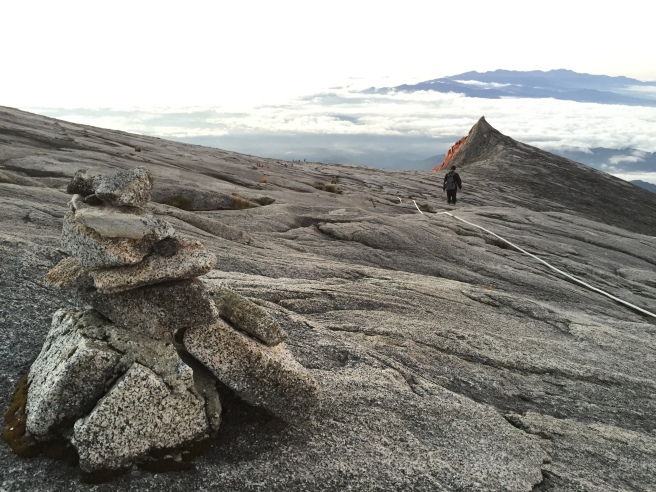
Armed with the knowledge that we have scaled Malaysia’s tallest mountain, we started our descend. By noon, we have reached the base as my knees turned liquid and every inch of my body silently screamed in pain. We also treated ourselves with hot bowls of Tom Yum soup that teared me up and opened up my sinuses. I slept for 12 hours and whined for another two days about my aching body. Small price to pay, perhaps.

Sabah Parks, the Malaysian government body for national parks, has leased out the maintenance of the trail and operations to a private player so you are required to book a tour with an agent to climb Kinabalu. Book a trip in advance before you arrive in Borneo, plenty of options are available online!

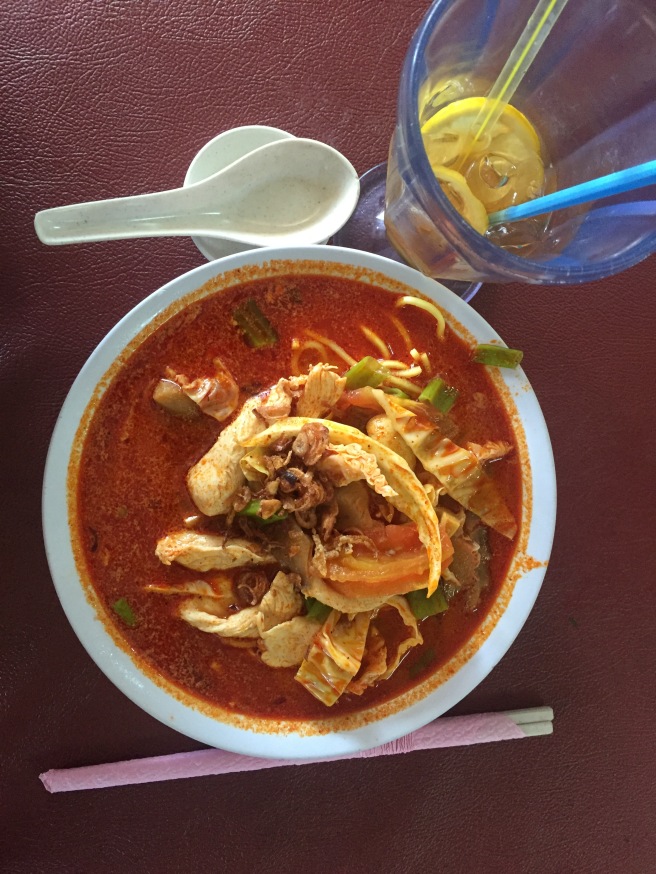
Have you climbed Kinabalu? Leave a comment and let me know.



















